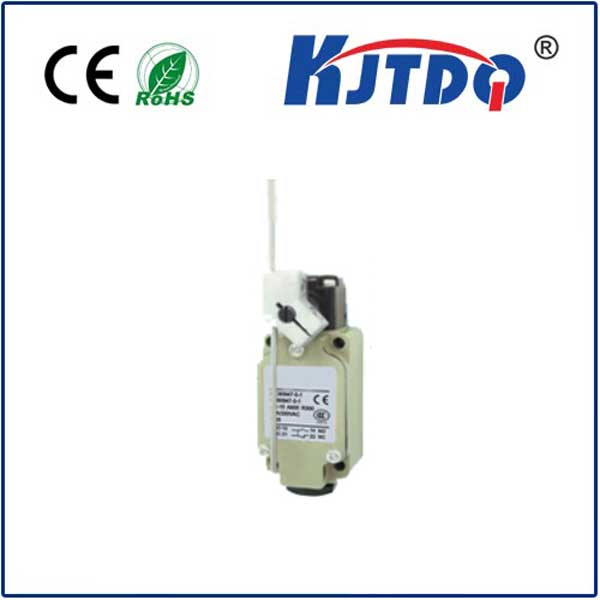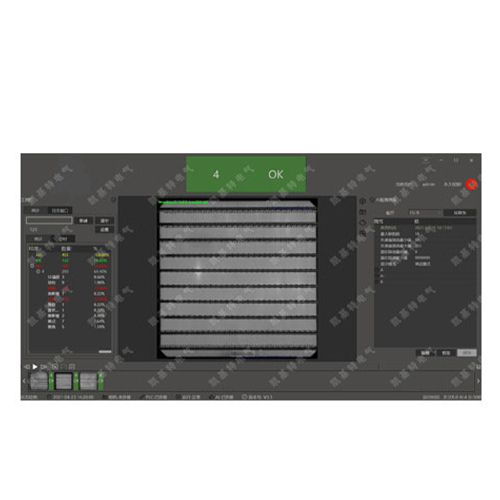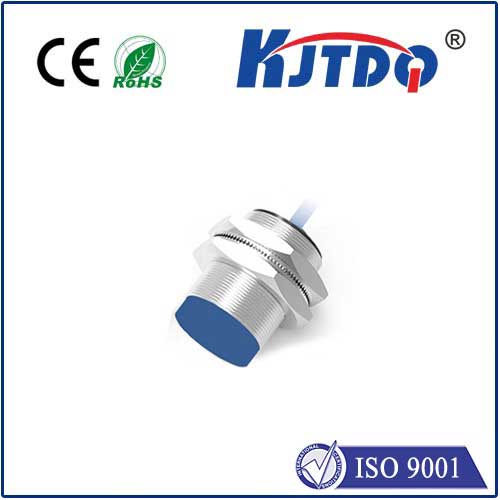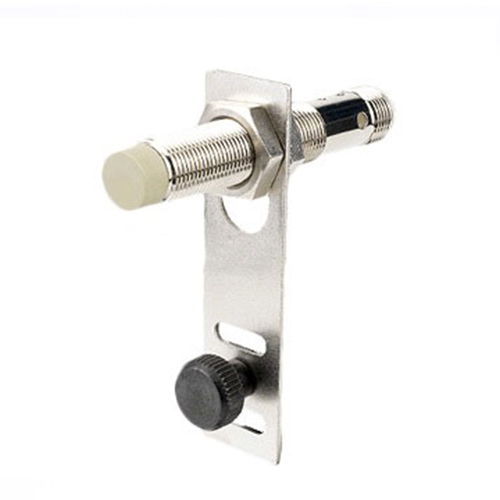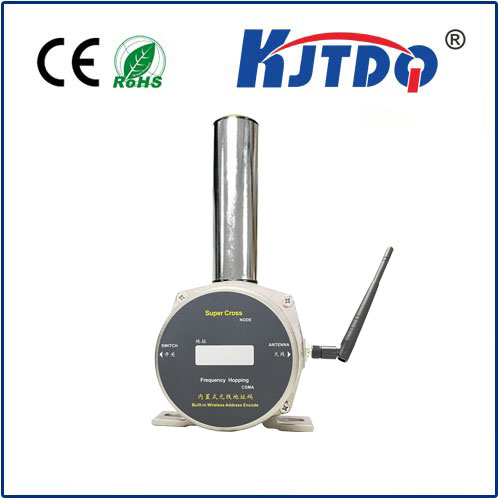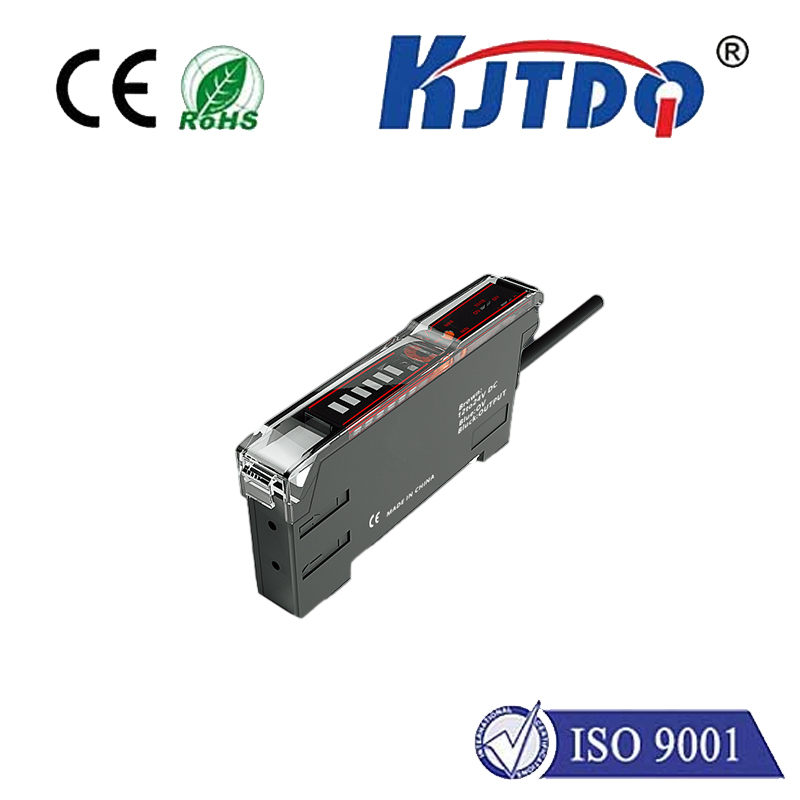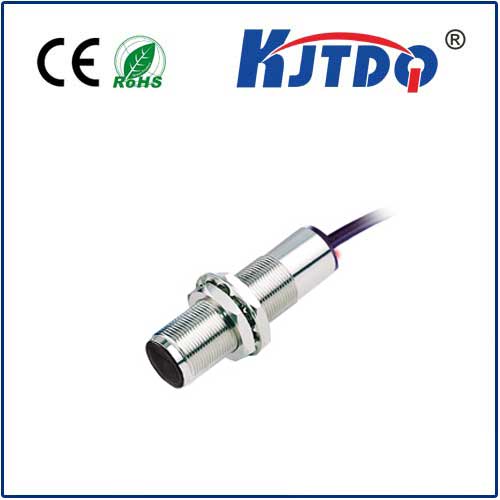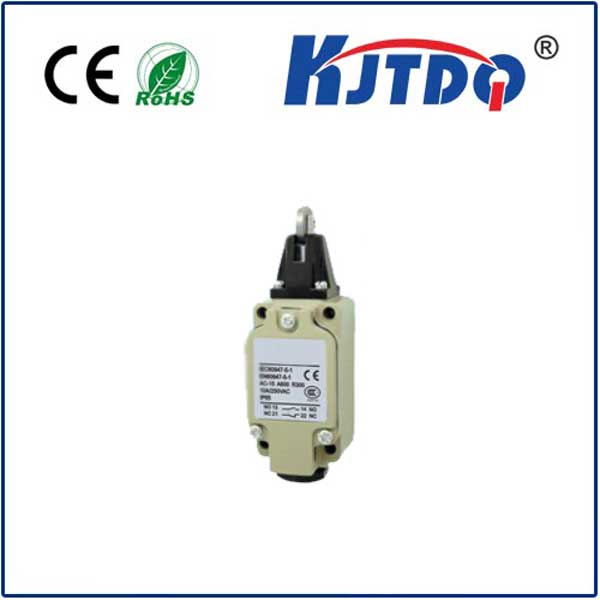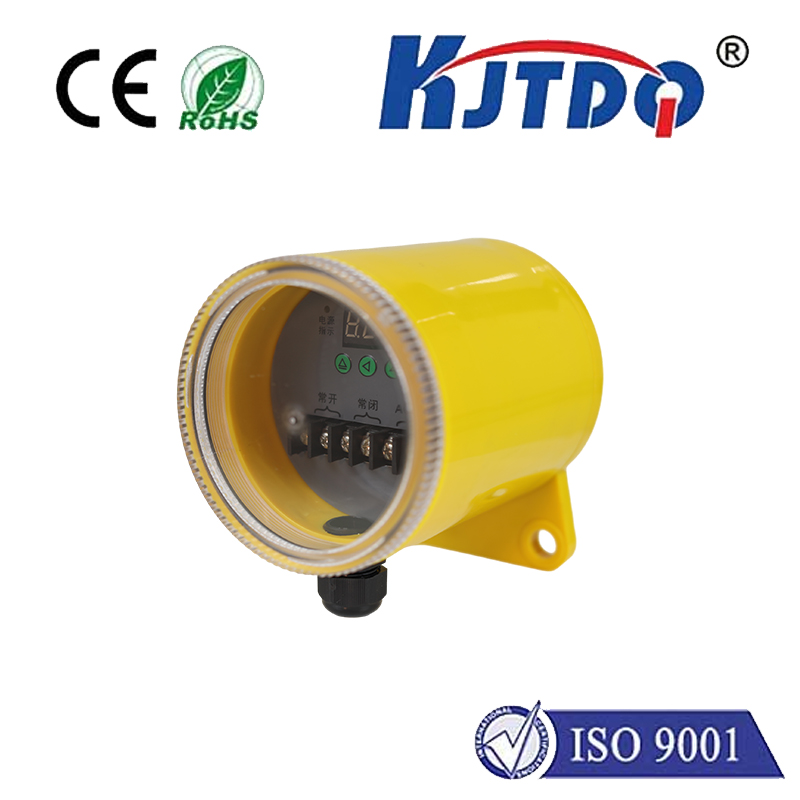

check

check

check

check

check

check

check

check

check

check
Understanding Photocell Beam Sensors: A Guide to Their Applications and Benefits
Photocell beam sensors are electronic devices that detect the presence or absence of an object or person by using a beam of light. These sensors have become increasingly popular in various industries due to their accuracy, reliability, and ease of use. In this article, we will explore the applications and benefits of photocell beam sensors.
Applications of Photocell Beam Sensors
Photocell beam sensors are used in numerous applications across different sectors. Some of these applications include:
1. Automation and Control: Photocell beam sensors are commonly used in automation systems for machine control. They can detect the presence or absence of products on a conveyor belt, triggering actions like starting or stopping machines.

2. Security Systems: These sensors are often installed as part of security systems, such as intrusion detection systems, to alert users when unauthorized access is attempted.
3. Retail: In retail settings, photocell beam sensors can be used to track inventory levels by monitoring products as they enter or exit storage areas.
4. Traffic Management: In transportation systems, photocell beam sensors help monitor traffic flow, count vehicles, and provide data for traffic management purposes.
Benefits of Photocell Beam Sensors
The following are some of the key benefits associated with using photocell beam sensors:
1. High Accuracy: Photocell beam sensors offer high accuracy rates, which makes them ideal for applications where precision is critical.
2. Non-Contact Sensing: Unlike other types of sensors, photocell beam sensors do not require physical contact with the object being sensed, reducing wear and tear on equipment over time.
3. Easy Installation: These sensors are relatively easy to install and integrate into existing systems, making them a cost-effective solution for many applications.
4. Environmentally Friendly: Since photocell beam sensors do not generate any emissions or waste, they are considered an environmentally friendly option compared to other types of sensors.
5. Versatile Configurations: Photocell beam sensors can be configured in various ways to suit specific application requirements, including reflection, opposed, and polarized modes.
In conclusion, photocell beam sensors offer numerous applications and benefits across different industries. From automation and control to security systems and traffic management, these sensors provide accurate, reliable, and non-contact sensing capabilities. By understanding their advantages and potential uses, organizations can make informed decisions about incorporating photocell beam sensors into their operations.
